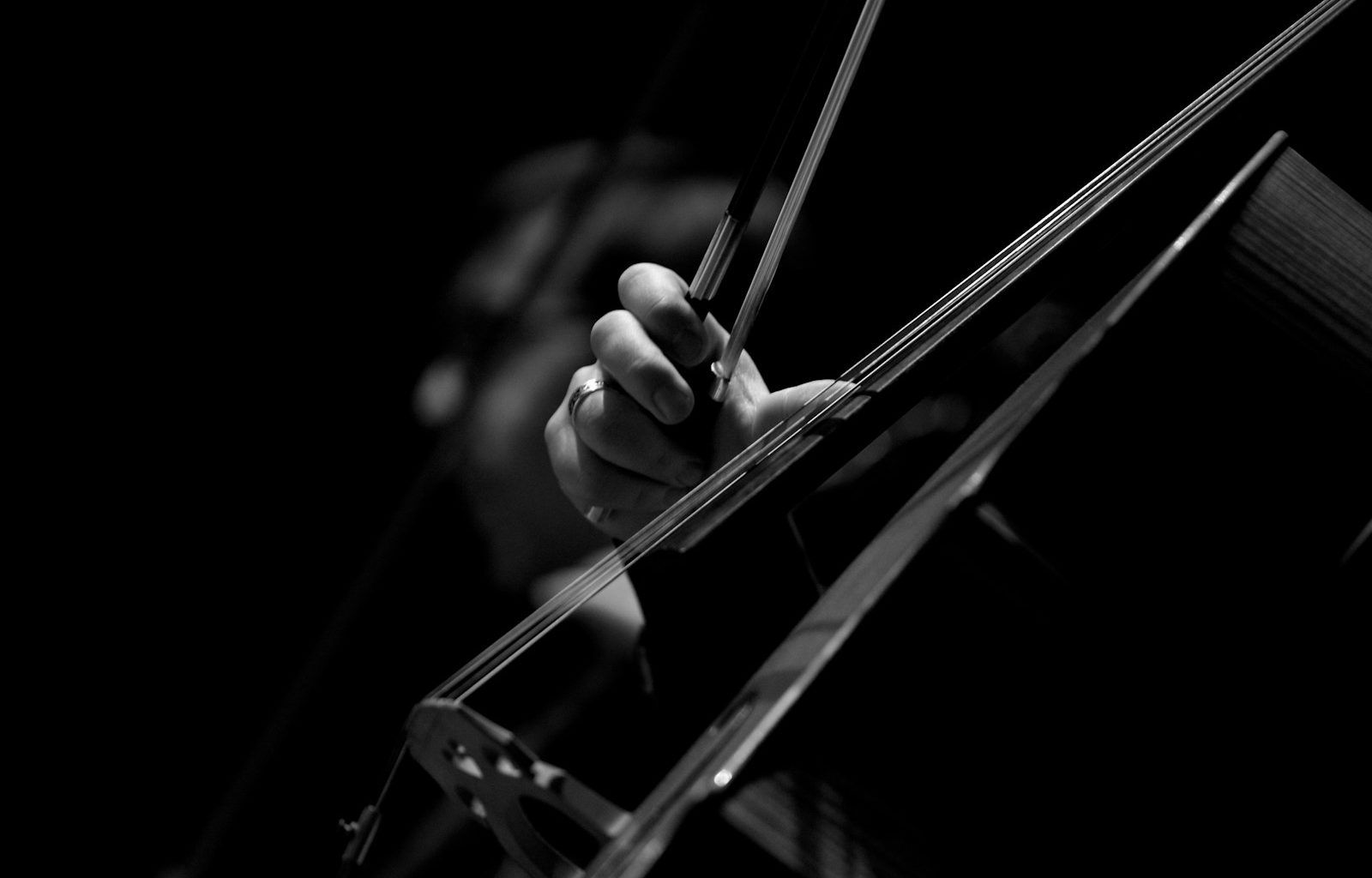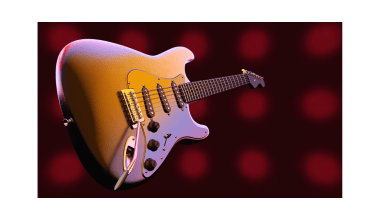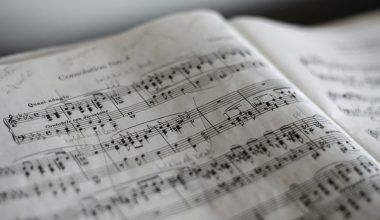Italian music is a cornerstone of the country’s cultural identity. For centuries, Italy has been a leader in musical innovation, influencing styles and genres worldwide. Its music is as diverse as its regions, blending traditional sounds with modern creativity.
The journey of Italian music began long before contemporary tunes. It originated from folk traditions, echoing the voices of Italy’s countryside and coastal regions. Over time, this evolved into the complex structures of opera and classical compositions, forming the foundation of Italy’s global musical reputation.
A Historical Perspective
Italy’s musical history stretches back to ancient times. During the Renaissance, Italian music thrived, becoming a hub for artistic innovation. Composers like Claudio Monteverdi and Giovanni Pierluigi da Palestrina revolutionized music theory and composition, laying the groundwork for future generations.
Opera, one of the most celebrated forms of Italian music, emerged during the late 16th century. Visionaries like Giuseppe Verdi and Giacomo Puccini created timeless masterpieces that are still performed today. These works captured the emotions and stories of everyday life, making them relatable and enduring.
The Magic of Italian Opera
Opera is synonymous with Italian music. Italy gave birth to this art form, making it one of its most enduring contributions to the world. From dramatic arias to sweeping orchestral arrangements, Italian opera captures the essence of human emotion.
Names like Verdi, Puccini, and Vincenzo Bellini resonate across the globe, their operas performed in iconic venues. Even today, opera houses in Milan, Rome, and Venice continue to celebrate these masterpieces, drawing audiences worldwide.
Folk Music and Its Regional Diversity
Italy’s folk music is a rich tapestry, reflecting the diversity of its regions. In the north, Alpine melodies echo the cultural influences of neighboring countries. The south, particularly in Sicily and Naples, offers a more Mediterranean vibe, featuring tambourines and accordions.
Songs like the traditional “Tarantella” are lively and rhythmic, often associated with Italian celebrations. These folk tunes, though rooted in history, remain relevant today, bringing communities together during festival and family gatherings.
Italian Music in the Modern Era
Italian music has seamlessly transitioned into the modern era. Artists like Andrea Bocelli bridge the gap between classical and contemporary, captivating global audiences. Meanwhile, pop icons such as Laura Pausini and Eros Ramazzotti have achieved international success, introducing Italian lyrics and melodies to diverse listeners.
Italy is also home to influential electronic and dance music producers who dominate global charts and festivals. Platforms like Beatport showcase these talents, helping them reach new fans across continents.
Extended Play and Independent Artists
Extended play (EP) records are becoming a popular format among Italian musicians. EPs allow artists to explore creative freedom, experimenting with different genres while keeping production costs low. This trend supports independent musicians, helping them build a niche audience.
Italy’s independent music scene is thriving, with local artists gaining recognition on global platforms. Selling music on Beatport and similar sites has empowered these musicians, offering a direct connection to fans worldwide.
The Role of Festivals and Events
Music festivals play a significant role in celebrating Italian music. Events like the Sanremo Music Festival spotlight emerging artists while honoring traditional styles. These festivals are not just about performances; they are cultural gatherings where people come together to celebrate the power of music.
Across Italy, regional festivals showcase local talent, from jazz in Umbria to rock in Milan. These events highlight the adaptability and enduring appeal of Italian music.
The Global Influence of Italian Music
Italian music has left an indelible mark on the world. Genres like opera have influenced countless composers, while Italian pop and rock bands have gained a loyal international following. Even in cinema, Italian scores by legends like Ennio Morricone have shaped the way stories are told on screen.
The Digital Revolution
The rise of digital platforms has transformed how Italian music reaches global audiences. Streaming services and online marketplaces allow artists to share their work effortlessly. Selling music on platforms like Beatport has become crucial for reaching international listeners, especially for emerging talents in electronic and dance genres.
Conclusion
Italian music is a blend of history, culture, and innovation. From traditional folk songs to cutting-edge electronic tracks, it continues to evolve while staying true to its roots. For those who seek inspiration and passion, Italian music offers an endless symphony of emotions and stories. Whether through opera, pop, or EPs on Beatport, the heart of Italy beats in every note.
For further reading, explore these related articles:
- Discover the Magic of Mint Music: Your Gateway to a Fresh Sound
- Who Owns Jio? A Deep Dive into the Ownership of Jio Platforms
For additional resources on music marketing and distribution, visit DMT Records Private Limited.






